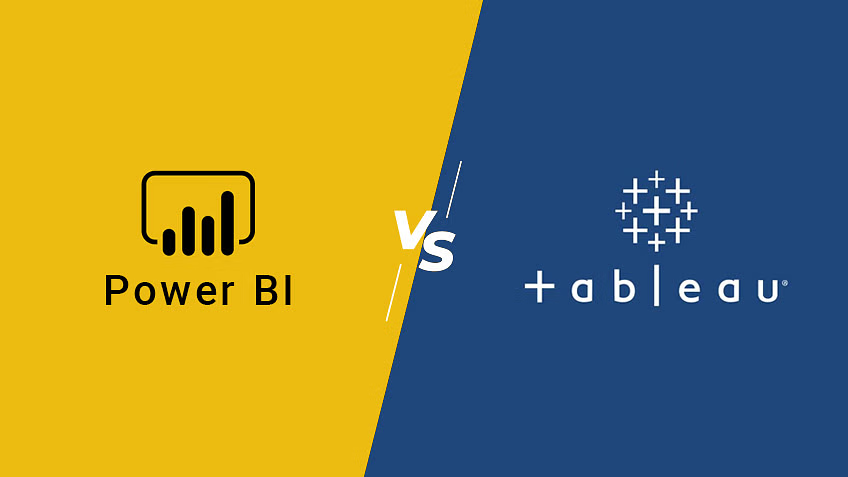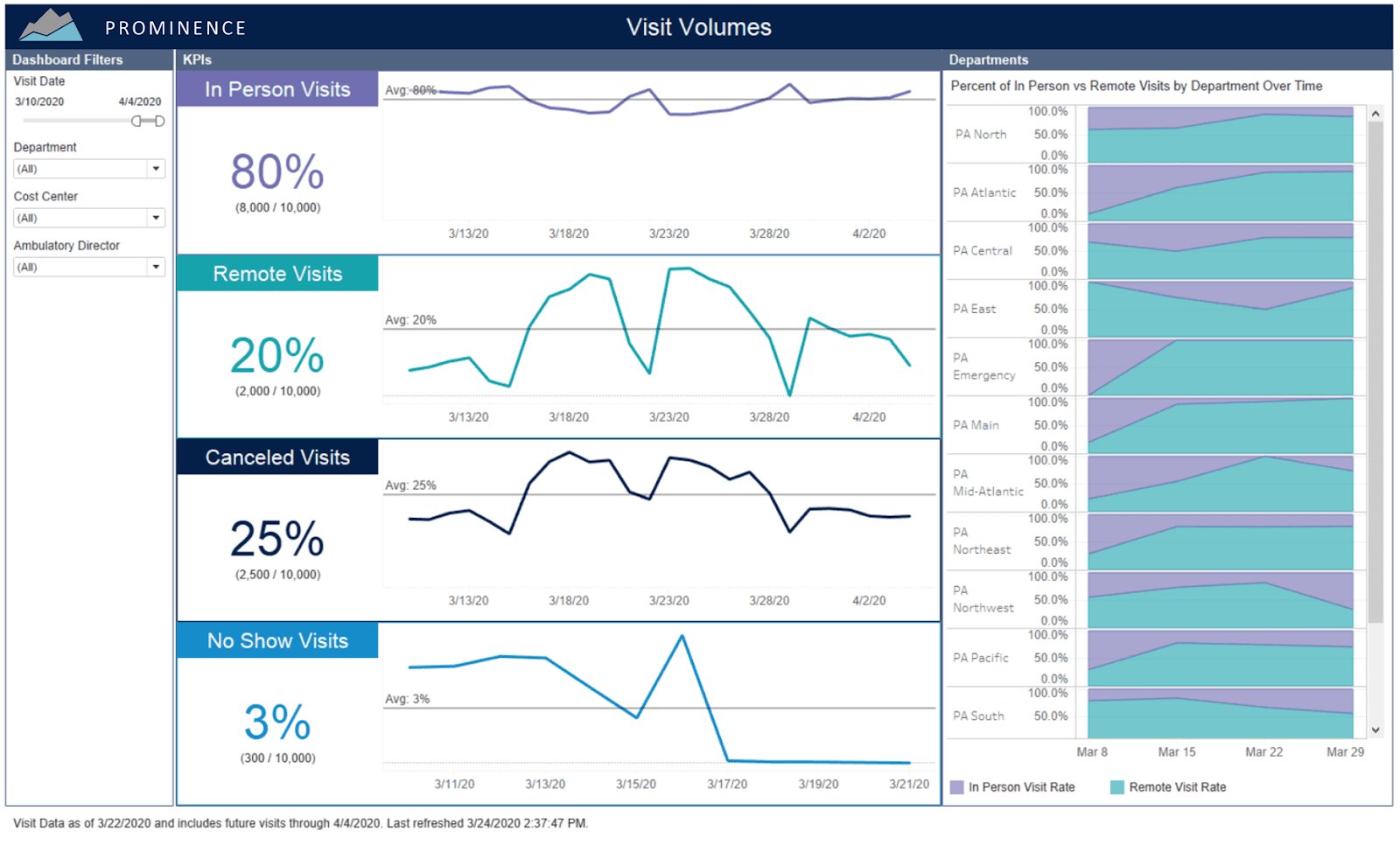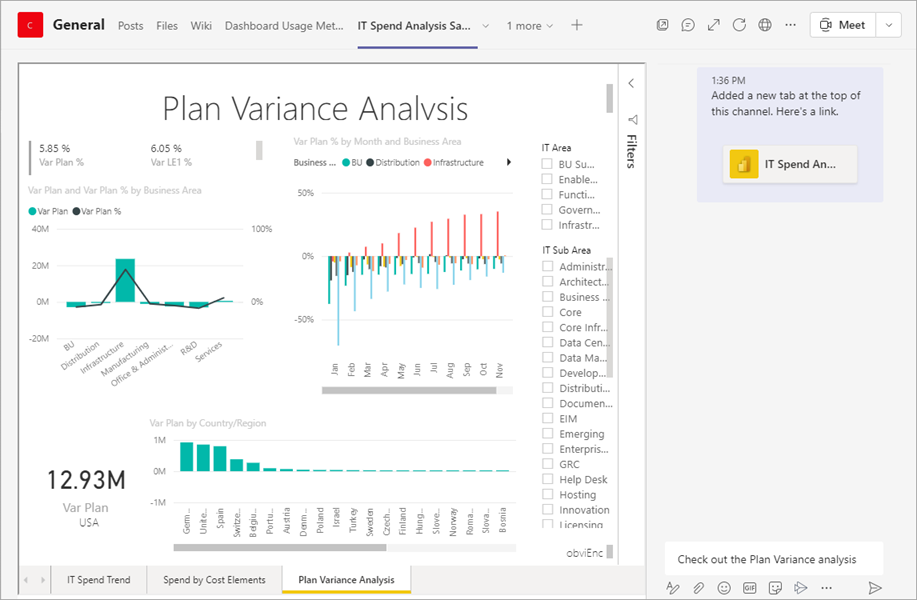Power BI Vs Tableau: Difference and Comparison
 Mark Smith
Mark Smith
Power BI and Tableau both have significant advantages, but are not the same in certain important areas. These technologies of Business Intelligence (BI) are used for collecting, integrating, analyzing, and exhibiting business information which helps in performing data visualization and data analysis. Often researchers and learners come into dilemmas for deciding which tool should be used in the work. The choice between them is based on the existing technology environment, individual preferences, and specific business demands.
The addition of Power BI or Tableau certification opportunities in decision-making procedures underlines the importance of ongoing learning and validation of skills in the dynamic field of Business Intelligence. Let's hurdle on to the substantial alterations between Power BI and Tableau to aid you in overcoming specific challenges.
What is Power BI?
One data preparation tool that interfaces easily and accomplishes well with other Microsoft products is Microsoft Power BI. It is often preferred for its cost-effectiveness and capability to integrate with Microsoft ecosystems. It offers interactive visualizations and competencies of business intelligence with an edge adequate for end-users for creating reports as well as dashboards. This allows users to link with numerous data sources, transform data, and envision data with tables, charts, and graphs.
It can be accessed with the web browser, desktop application, and mobile devices which can be integrated with various tools of Microsoft such as Excel, Outlook, and SharePoint. Power BI Training will help in supporting and making decisions that are data-driven and gaining insights for business performance.

What is Tableau?
Tableau is well-known for its easily controllable data visualization functionalities. The strength of Tableau lies in its adaptability and huge array of visualization opportunities. This helps users to rapidly analyze and discover large complex datasets without requiring programming skills and coding. It also offers a collection of products, including Tableau Desktop for producing and publishing visualizations crossways in organizations. With its accessible power visualization and interface capabilities, tableau training will become more prevalent for individuals to make data-driven decisions.
Power BI and Tableau- The Similarity
From the presentation and interface of analytics as well as data preparation, there are multiple features contributing to the similarity between Power BI and Tableau. Some of the important similarity features are listed below-
Exploration of Data-
Power BI lets users discover acutely by penetrating statistics points, generating hierarchies, and cleaning data. Similarly, Tableau permits users to discover the relevant data in depth while drilling into filtering data, producing hierarchies, and data points.Transformation of Data-
Power BI comprises tools that let customers restructure and clean the records for analysis. Tableau allows potential users to manage and form connections between various sources of data, creating measures, KPIs, and defining calculations.Actual Data-
Power BI can link to data sources such as real-time visualizations, Stream Analytics, and streaming of records in visualization. One of the noteworthy features of Tableau is that it might connect to actual data sources such as Apache Kafka, and Amazon, also a server of Tableau extracts actual records in visualizations.Collaboration-
Power BI permits potential users to segment and collaborate with dashboards as well as reports which helps in integrating with Microsoft Tools such as Teams, Outlook, Excel, and SharePoint. Moreover, Tableau tends to allow customers to collaborate and segment on dashboards as well as report with co-workers and assimilate with tools such as Google Drive, Slack, and Salesforce.

- Visualization of Data-
Power BI comprises a range of visualizations like maps, bar charts, pie charts, and line charts which help in gaining visions from data. In a similar way, Tableau comprises a range of chart categories, line maps, bar charts, scatter plots, and line charts. Tableau also offers collaborative visualizations and instrument panels which tend to allow for exploring and gaining insights of data quickly.
Key Difference between Power BI Vs Tableau
Tools of Business Intelligence such as Power BI and Tableau help in data analyzing and data visualization. Some of the crucial differences between the two are-
Integration of Data-
Power BI is firmly combined with numerous Microsoft products, like SQL server, Excel, and many more, while Tableau can link to a broader variety of data sources which includes web facilities and cloud-based records.Visualization Proficiencies-
Power BI has an interface that is user-friendly and helps in creating visualizations and basic charts. On the other hand, Tableau is well-recognized for its extraordinary visualization capabilities while having advanced options for charting.Collaboration-
Power BI is primarily focused on individual user analysis, but Tableau offers more comprehensive collaboration tools, such as the ability to create and share interactive dashboards with multiple users.User Interface-
Drag-and-drop and simple-to-use graphics functionality are features of Tableau, while Power BI may require more time to learn. Advanced users can benefit from its more robust functionality.Mobile App-
Tableau’s mobile app is more functionally limited than Power BI’s, which is available for iOS as well as Android Smartphone devices.
Conclusion
The decision between Tableau and Power BI certifications ultimately comes down to the particular requirements of the user and their company. Tableau might be an enhanced option for businesses that mandate sophisticated customization or have more extensive data connection as compared to Power BI, which might be more appropriate for Microsoft-centric setups.
Subscribe to my newsletter
Read articles from Mark Smith directly inside your inbox. Subscribe to the newsletter, and don't miss out.
Written by

Mark Smith
Mark Smith
My name is Mark Smith, I am a professional developer, or Tech Writer, I have been doing web development since 2016. I am skilled in JavaScript, React.js, Node.js, and MongoDB, and a lot more in web development.